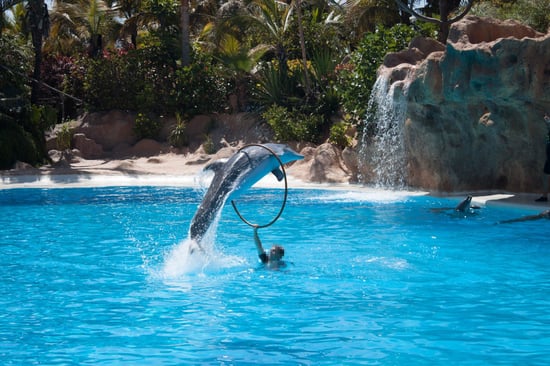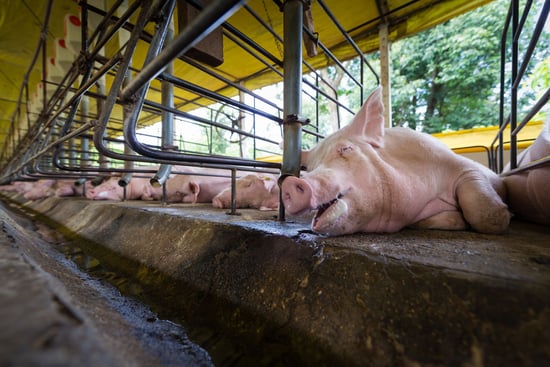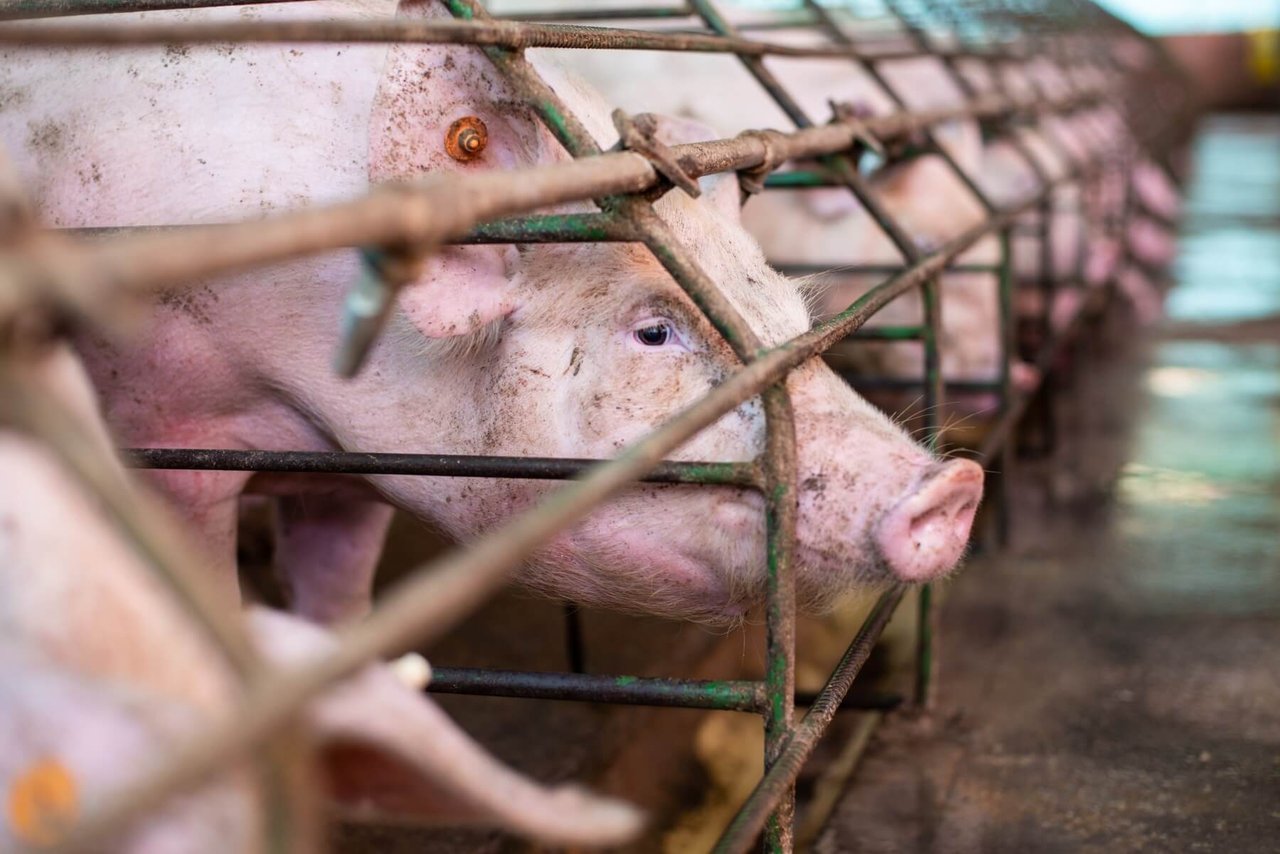
Browse our research reports
Our investigations team has written a plethora of research reports that expose and inform about complex animal protection issues around the globe.
Our reports are organised by campaign and listed in order from newest to oldest.
Jump to campaign:
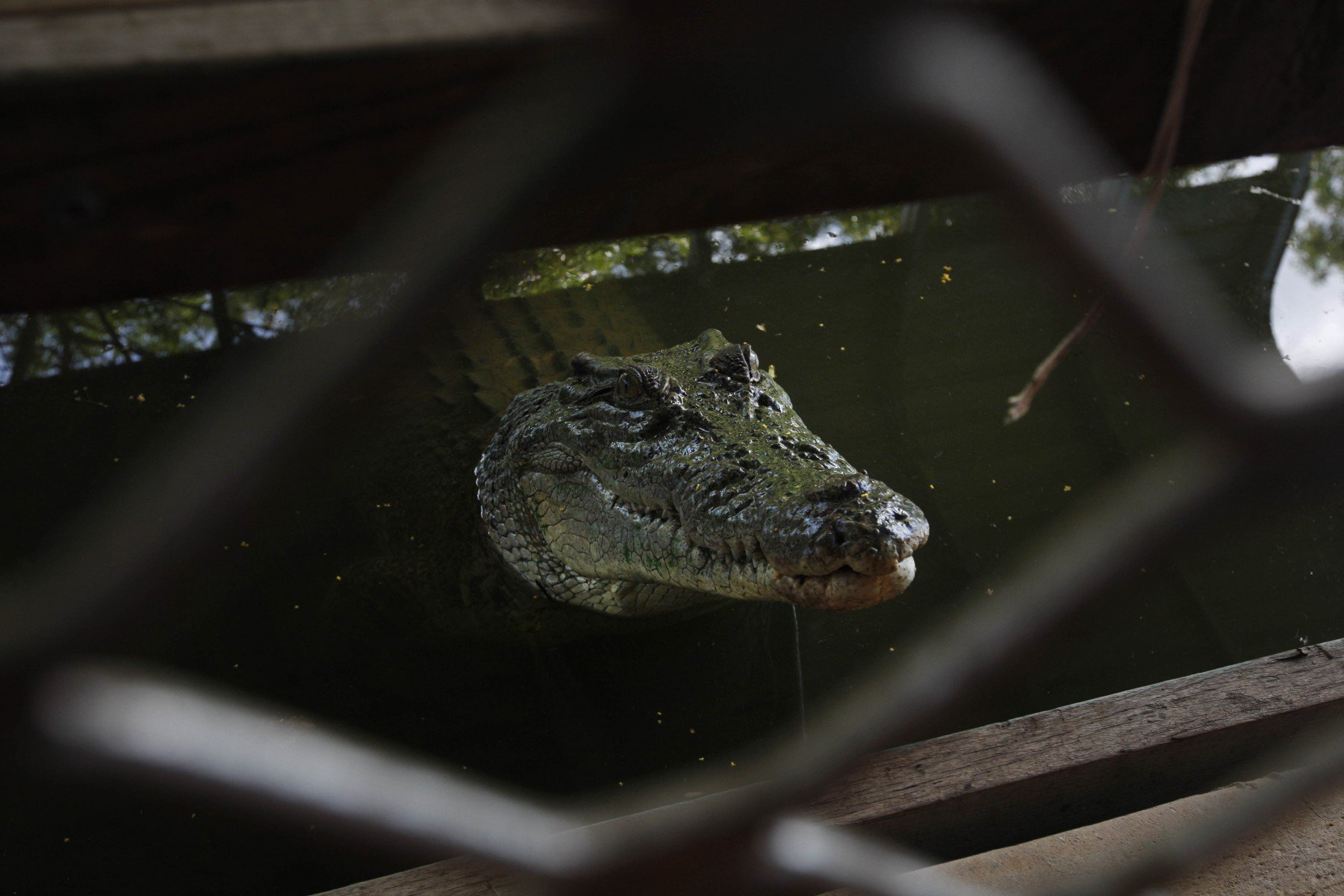
Wildlife trade
Image credit: Dean Sewell
Every day, thousands of wild animals are poached, farmed or sold into the global multi-billion-dollar wildlife trade – for food, pets, traditional medicine, entertainment and fashion products.
- Bred for profit
The truth about global wildlife farming - Putting a stop to cruelty
Why South Africa´s commercial captive lion industry should be shut down - Feathers are the New Fur – Cruelty in Disguise
How wild birds suffer for the fashion industry. - Cruelty is out of fashion
How wild animals suffer for the fashion industry - Risky business
How Peru’s wildlife markets are putting animals and people at risk - Cargo of cruelty
How Ethiopian Airlines is fuelling global wildlife trade - Fashion victims
The trade in Australian saltwater crocodile skins - Protecting our world from future pandemics
Why the G20 must end the global wildlife trade
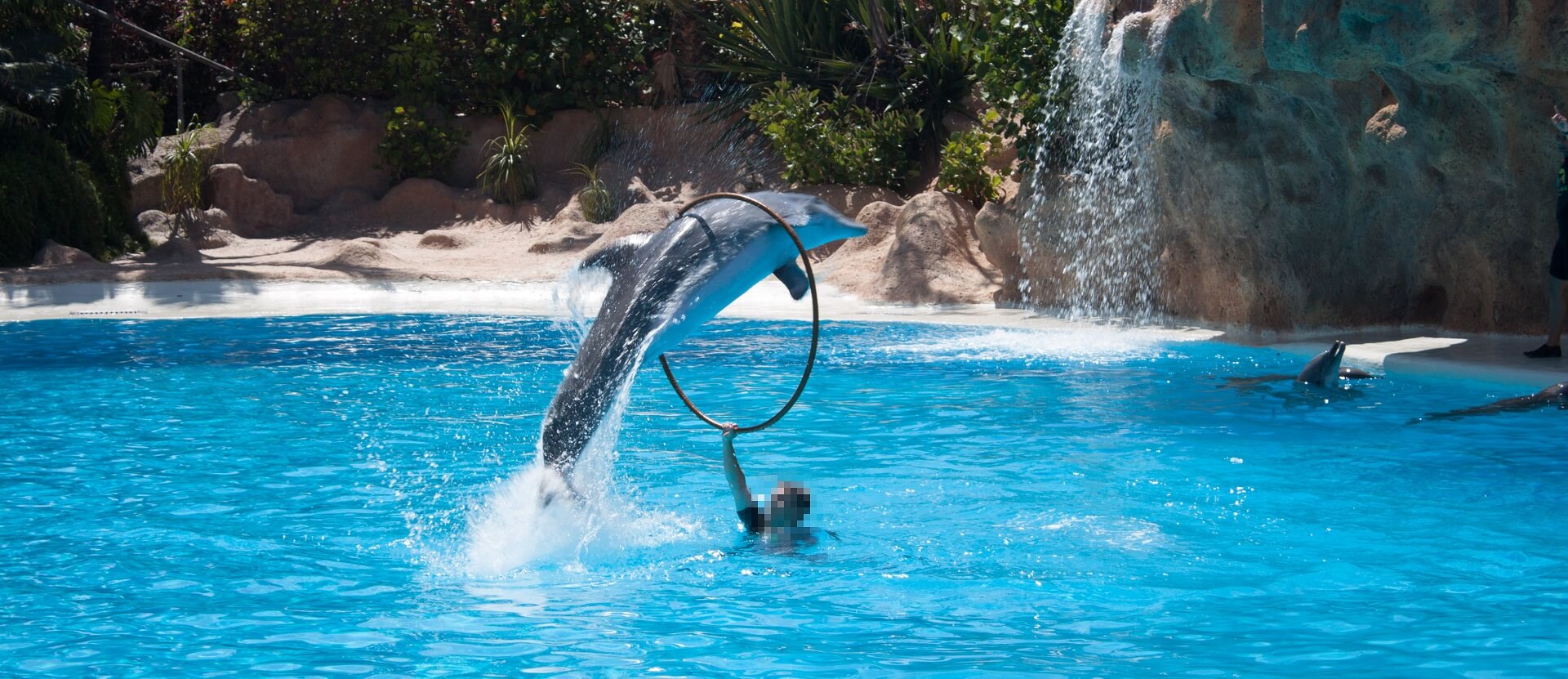
Wildlife not entertainers
From wild animal selfies to swimming with dolphins and elephant riding to petting lion cubs and taking tiger selfies, cruelty to animals in the entertainment industry is rampant.
- Still Too Close For Comfort
Our 2025 research and investigation into koala cuddles at popular Queensland wildlife tourism venues. - Caught in a Web of Cruelty
How wild animals suffer for Webjet's profits. - Waves of Profit
How the tourism industry profits from the Taiji dolphin hunts - Holidays that Harm
How wildlife entertainment tourism in Bali and Lombok is harming wildlife - Too Close For Comfort
Iconic Australian wildlife venues are exploiting wild animals for experiences that are unnatural and distressing. - Views that abuse
The rise of fake “animal rescue” videos on YouTube - Elephants. Not commodities
The welfare conditions for captive elephants in the tourism industry - Behind the smile
The multi-billion dollar dolphin entertainment industry - The Show Can't Go On
The suffering of captive wild animals at zoos and aquariums linked to WAZA - The Case Against Marine Mammals in Captivity
The lives of captive marine mammals are impoverished - Associated With Cruelty
How travel trade associations are ignoring wild animal abuse - Wildlife Abusement Parks
Wildlife entertainment tourism in Bali, Lombok and Gili Trawangan - A Close Up On Cruelty
The harmful impact of wildlife selfies in the Amazon - Taken For a Ride
The conditions for elephants used in tourism in Asia - Tiger Selfies Exposed
A portrait of Thailand’s tiger entertainment industry - Checking Out of Cruelty
How to end wildlife tourism’s holiday horrors - The Cayman Turtle Farm
A continued case for change
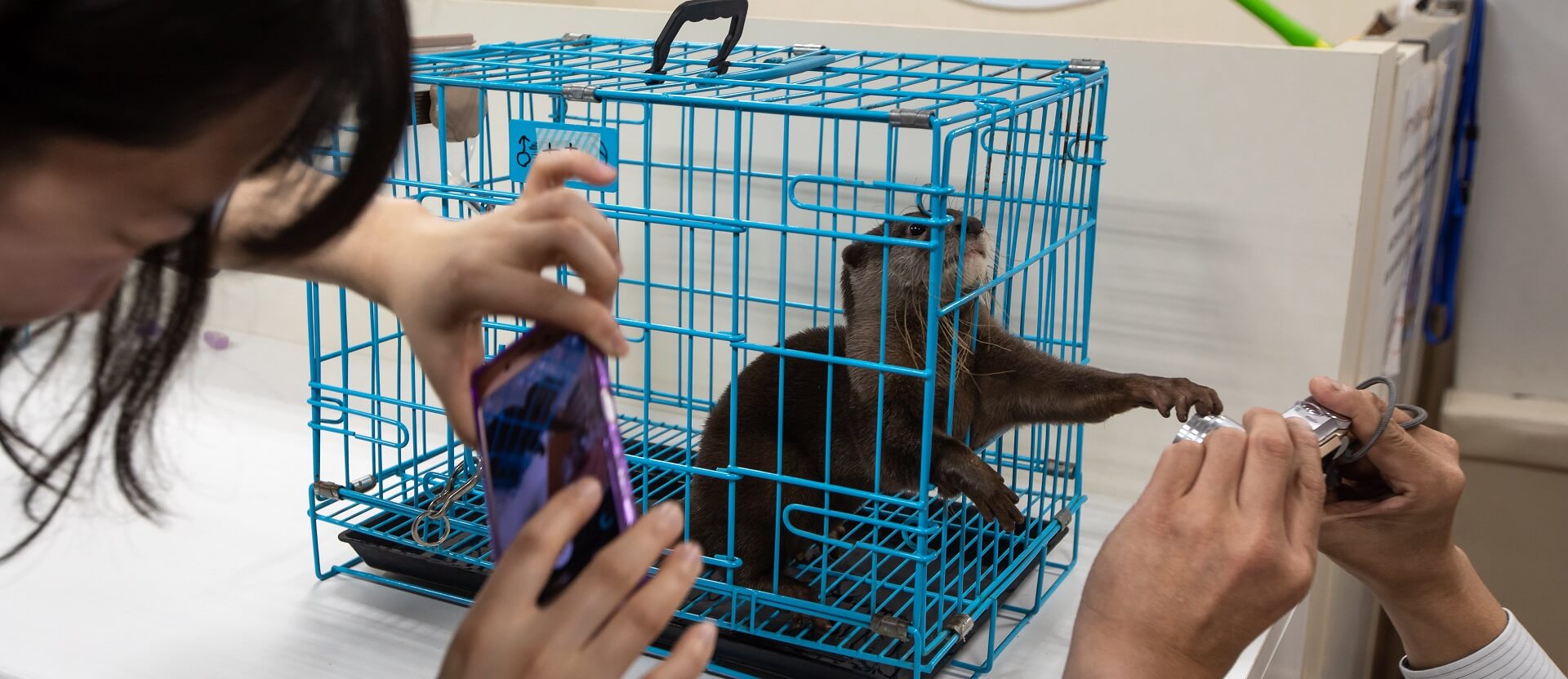
Wildlife not pets
Image credit: World Animal Protection / Aaron Gekoski
Each year, millions of wild animals are captured from their natural habitats or born into captivity, just to become pets. Our houses are not suitable homes for a wild animal.
- Shelling out
Investigating the sale of tiny turtles at US reptile expos - Suffering in Silence
Uncovering the cruelty of the global trade in Ball pythons - The 'Big 5' and 'Little 5' Report
Exploiting Africa's wildlife - Otters as Pets in Southeast Asia
A social media craze is fueling otters' demise - Wild at Heart
The hidden cruelty behind the exotic pet trade of African grey parrots
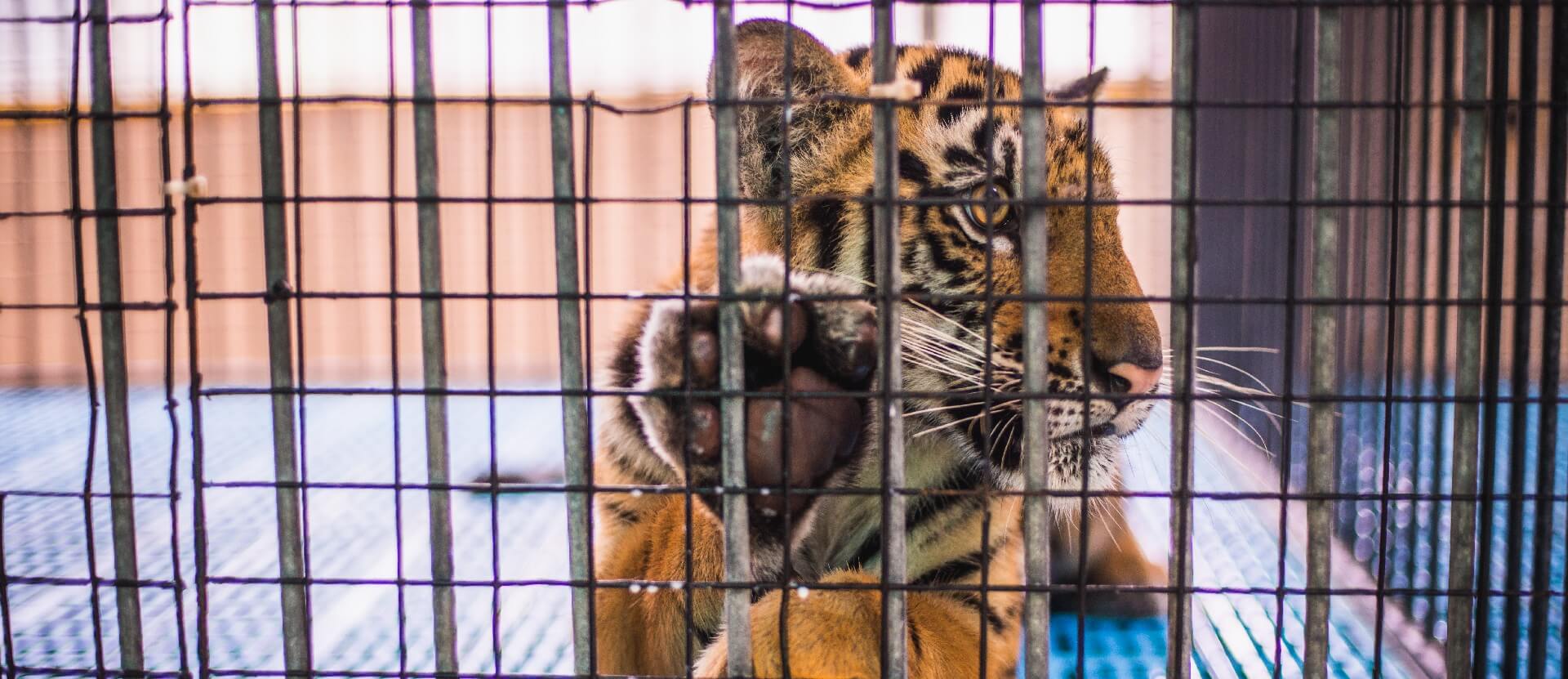
Wildlife not medicine
The demand for traditional Asian medicine is threatening wildlife populations around the world. From big cat farms to pangolin poaching, iconic animals are being pushed to the bring of extinction to fuel a scientifically unproven practice.
- Cruel Cures
The industry behind bear bile production and how to end it - Trading Cruelty
How big cat farming fuels the traditional Asian medicine industry - Suffering at Scale
Investigating pangolin poaching in Hassam, India - Uncovering a Secret Slaughter
Suriname's jaguar trade exposed - Unbearable
A deeper look at the international bear bile trade
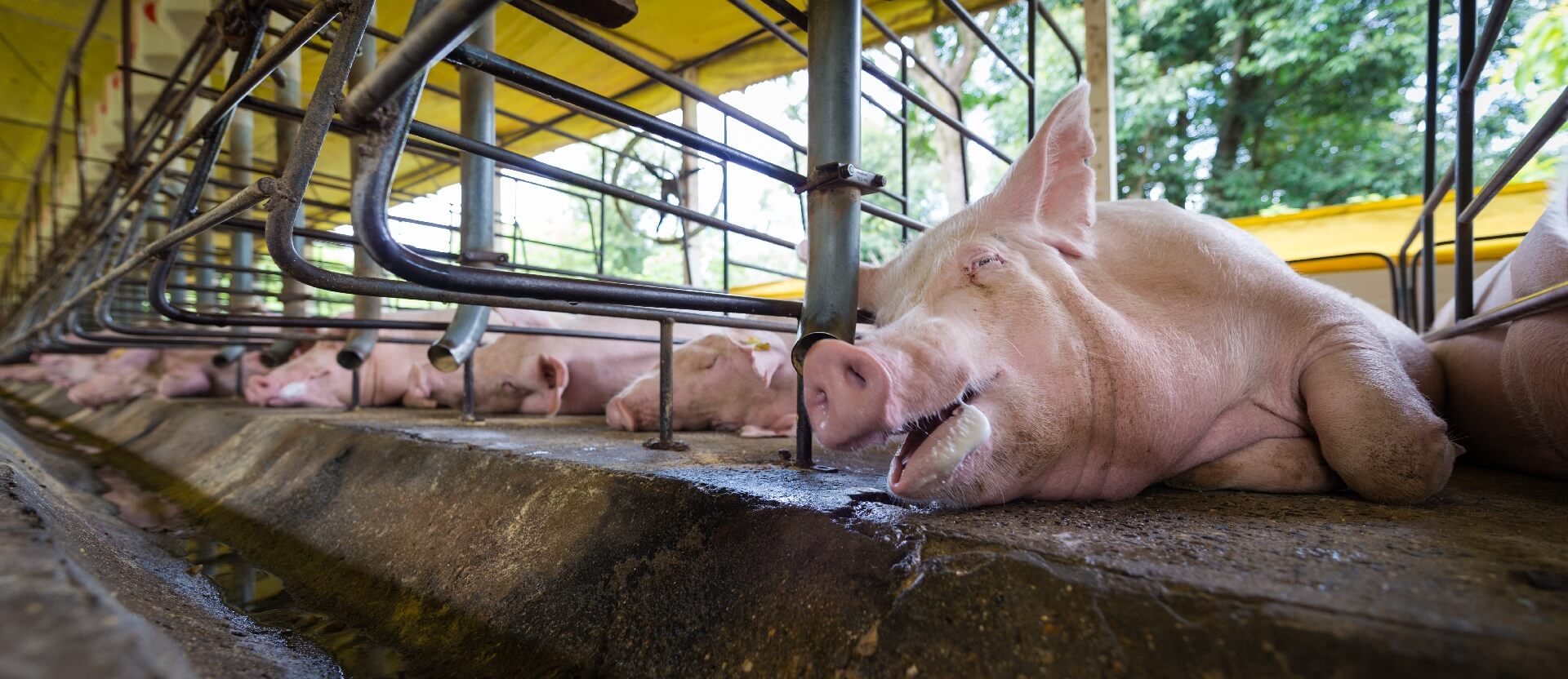
Farm animals
The vast majority of farm animals live in factory farms that cause suffering and stress. It’s time to rethink farming.
- The Pecking Order 2021
Assessing how global fast-food brands are responding to the chicken crisis - The Business Benchmark on Farm Animal Welfare Report 2020
(BBFAW) A leading global measure of farm animal welfare - Big meat. Big bucks. Bigger harm.
Animal welfare and European financial links with deforestation in the Amazon and Cerrado - Fuelling the pandemic crisis
Factory farming and the rise of superbugs - Valuing higher welfare chicken
Making the financial case for more humane chicken production - The Pecking Order 2018
How leading global fast-food companies are failing the chickens their businesses depend on - The Business Benchmark on Farm Animal Welfare Report 2018
(BBFAW) A leading global measure of farm animal welfare - Pork and the Superbug Crisis
How higher welfare farming is better for pigs and people - A Pig's Tale
Exposing the facts of factory farming - Exposing the secret suffering of chickens farmed for meat
Demand for chicken meat continues to rise, worsening their suffering
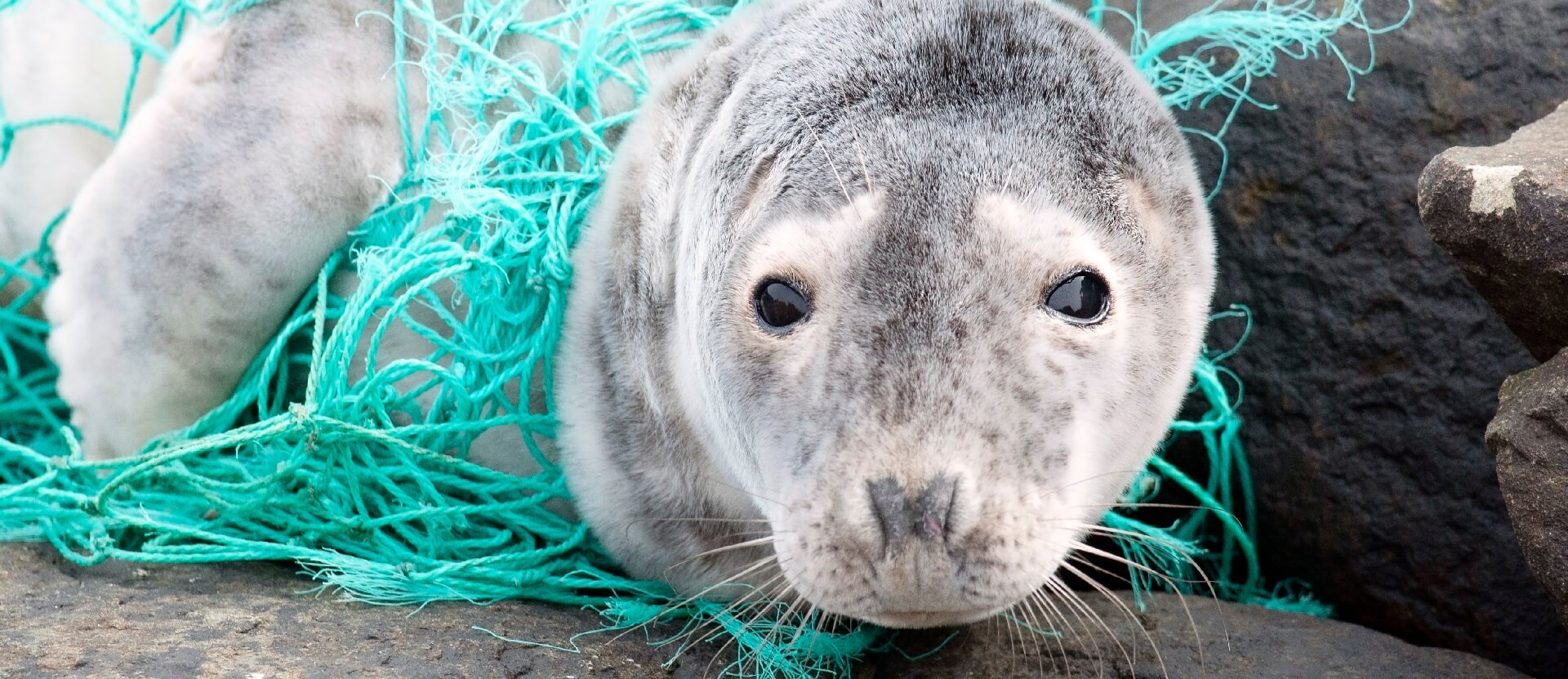
Sea Change
Image credit: John Mancrieff
A staggering 640,000 tons of abandoned fishing gear (ghost gear) is left in our oceans each year. This gear traps, mutilates, and kills hundreds of thousands of animals annually.
- Ghosts Beneath the Waves (2nd Edition)
Ghost gear’s catastrophic impact on our oceans, and the urgent action needed from industry - Ghosts Beneath the Waves (1st Edition)
Ghost gear’s catastrophic impact on our oceans, and the urgent action needed from industry - Fishing's Phantom Menace
How ghost fishing gear is endangering our sea life
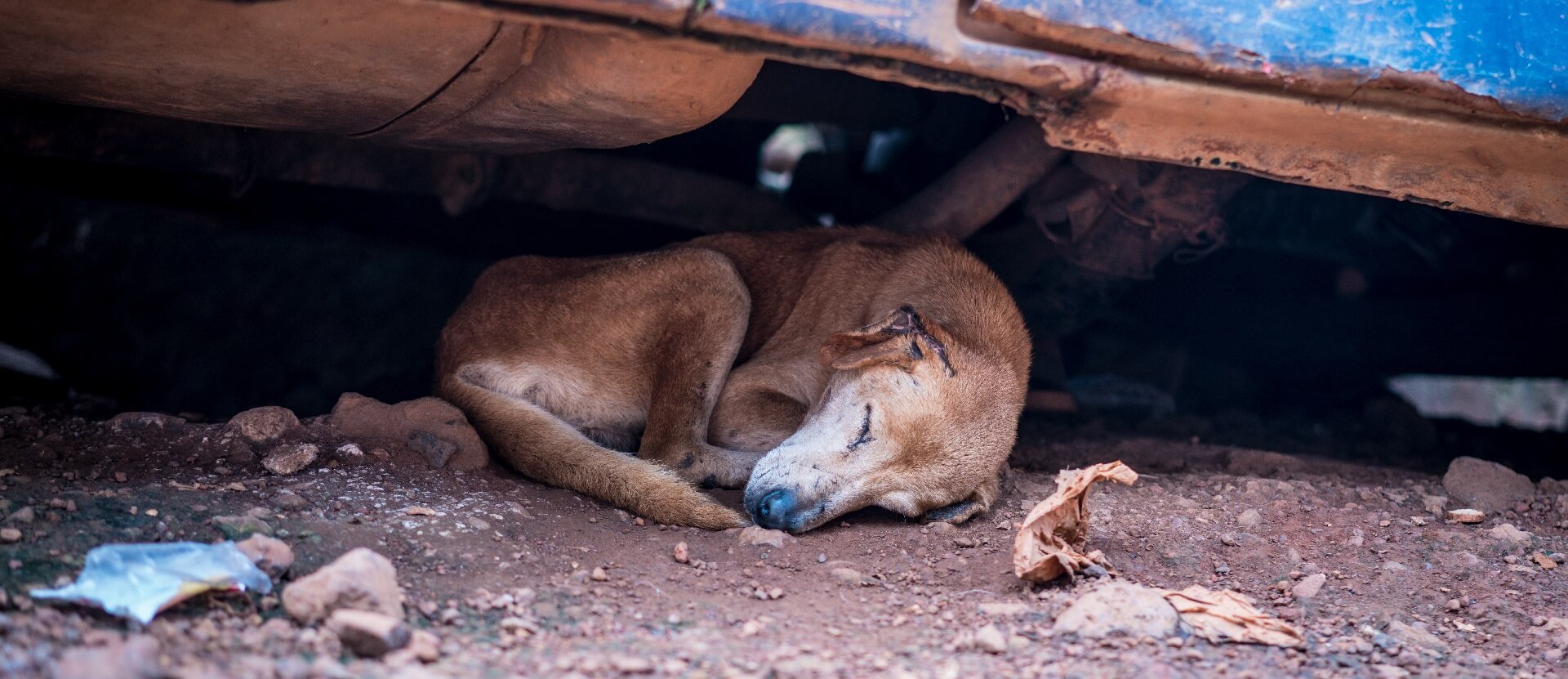
Animals in communities
Image credit: Michael Duff
Millions of dogs are culled each year – in fruitless efforts to stop rabies spreading. Culling dogs is not the solution to rabies. The only way to eliminate the virus is through vaccination.
- All eyes on dogs
How dogs hold the solution to ending human rabies by 2030

